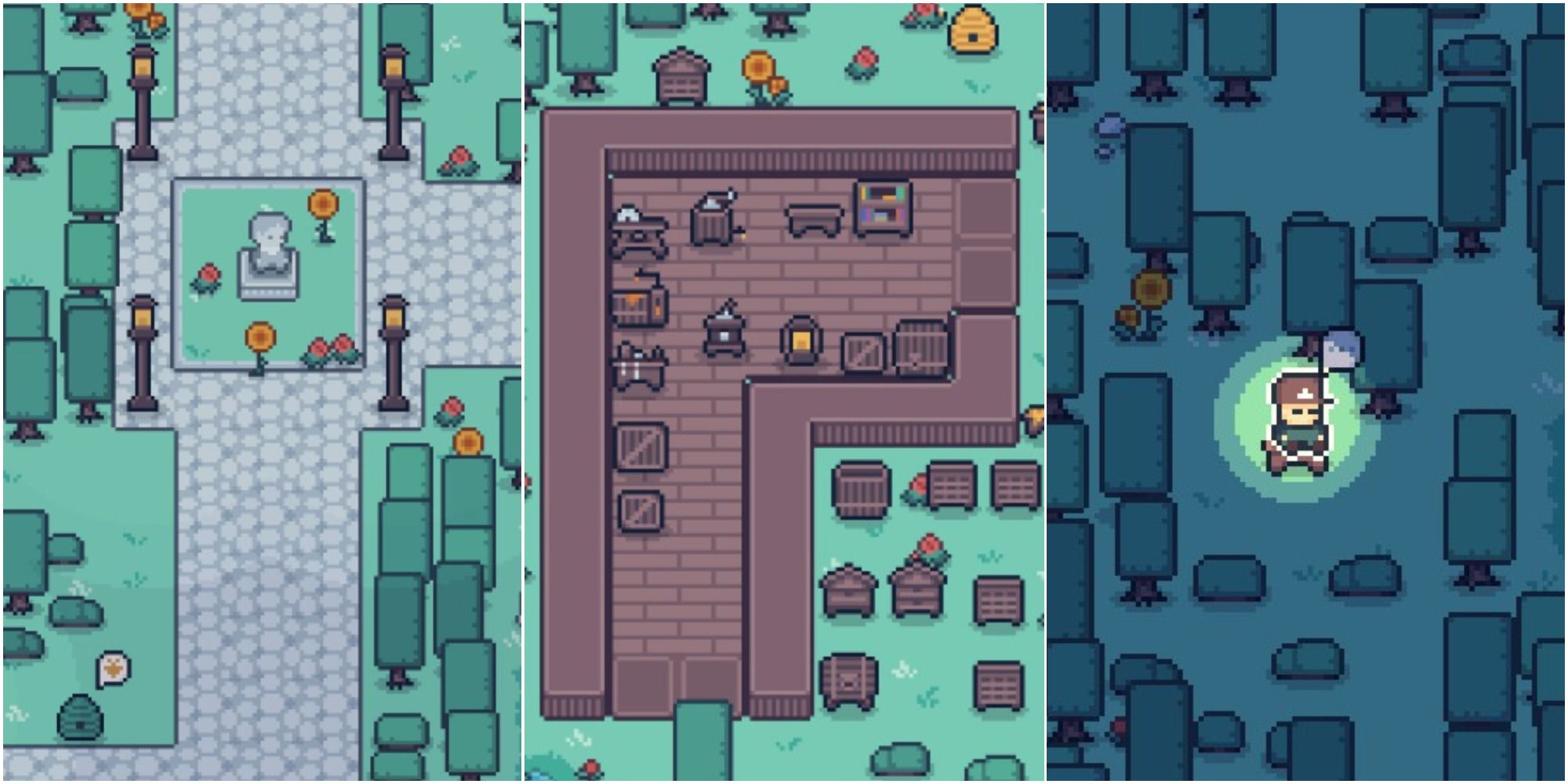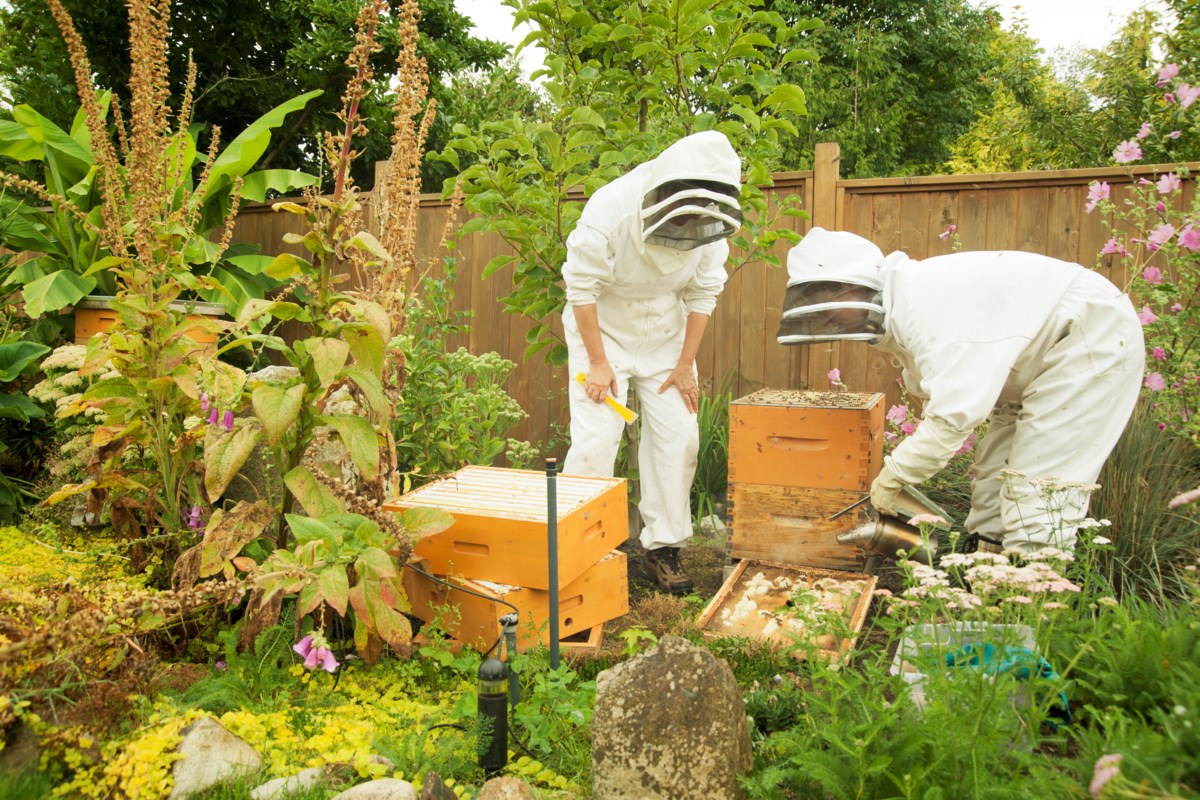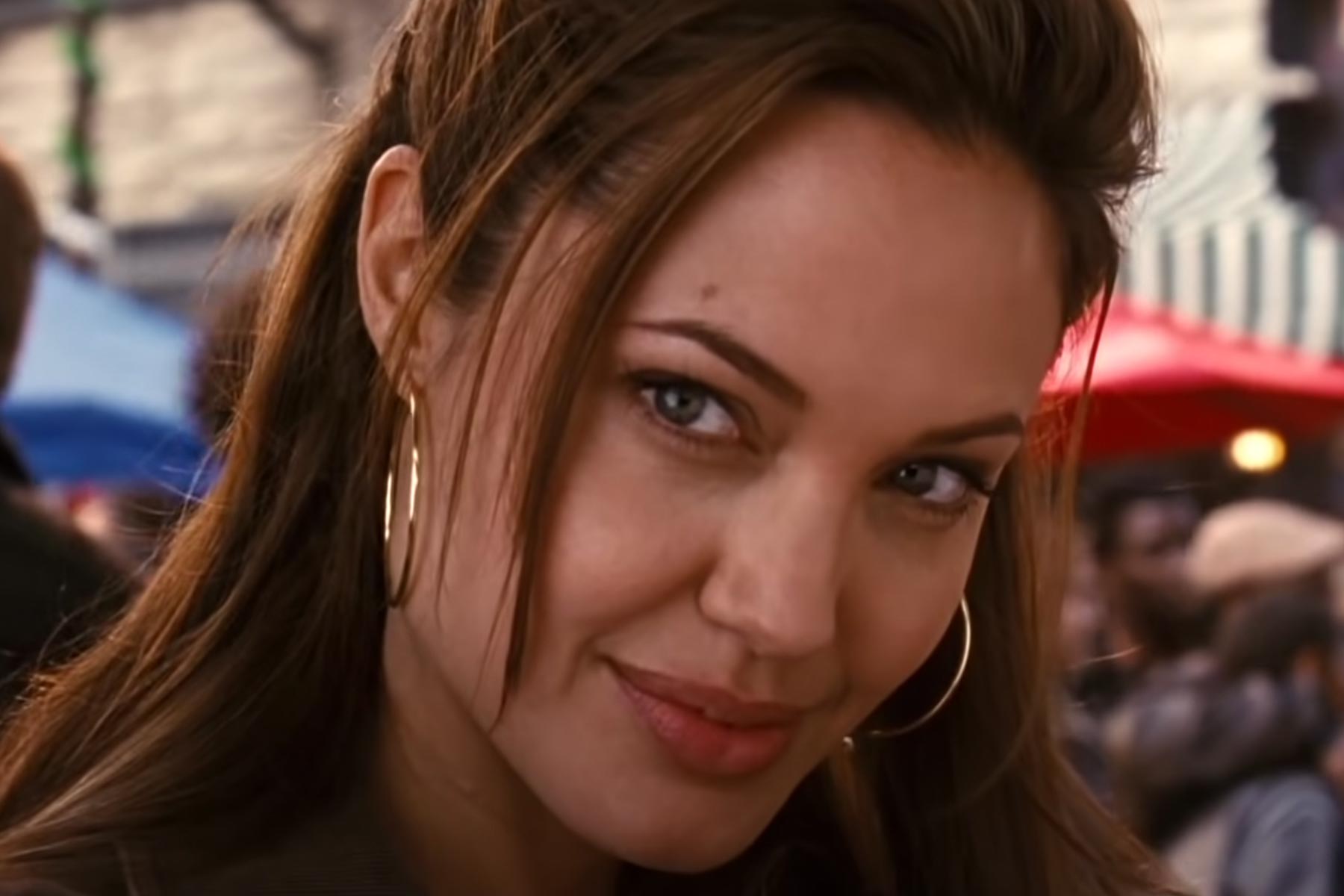Find out how we can help endangered bees and monarch butterflies by doing a few simple things in our gardens.
BOISE, Idaho-
Growing a garden gives us beautiful rewards, pretty flowers, fresh fruits and vegetables, and it attracts wildlife to the yard like songbirds, hummingbirds, colorful butterflies and even bees, but some of these creatures are in trouble and they need our help.
Find out how we can help endangered bees and monarch butterflies by doing a few simple things in our gardens and around the community.
A successful garden largely depends on the little pollinators that flit and buzz around our plants, much like much of our country’s food supply. So when people start gardening this spring, they might want to consider incorporating some things into the landscape that will help some of our endangered pollinator friends, like bees and monarch butterflies.
For years, we have witnessed a drastic decline in the world’s bee population. Bees are essential pollinators, responsible for a very large part of our food supply. Widespread use of pesticides, combined with the natural effects of local harsh winters, diseases and invasive predators like varroa mites, has reduced bee colonies by up to fifty percent over the past decade.
People can help local bees recover by doing a few simple things when they start gardening this spring.
First, grow plants that attract and feed bees. They like herbs like lavender and sage, as well as flowering bushes and trees. They depend on the nectar they collect from their food, and along the way, they pick up pollen from flowers and blossoms and spread it from plant to plant, which leads to the production of fruits and vegetables.
Also, give up the use of pesticides and weedkillers. Instead, try organic and natural means of pest control.
Consider having your own set of hives on your property. Beekeeping is a popular pastime, and you get the added benefits of increased pollination as well as delicious locally grown honey. Be sure to check local ordinances and restrictions on beekeeping where you live.
An excellent resource for beekeeping information and local support is the Treasure Valley Beekeepers Club.
If someone happens to walk through a beehive or if bees are swarming near your garden, don’t hurt the bees. Call the Treasure Valley Beekeepers Club and they will be happy to pick up the bees and give them a safe new home.
Another beautiful pollinator is the monarch butterfly. It happens to be the state insect of Idaho, and its numbers have also dropped in recent years.
Droughts, widespread use of pesticides and weedkillers, and habitat loss are the main reasons for the monarch’s decline here in the western United States.
One of the biggest problems is the lack of a necessary food source, milkweed. Monarchs need milkweed, in fact, it’s the only thing the young monarch caterpillars, which turn into monarch butterflies, will eat. However, these plants are rapidly disappearing, eradicated from agricultural fields and public lands by weedkillers and land development.
So how can people help the monarch? Plant milkweed in your garden. It is non-invasive and produces tall stems with pretty pink flowers. Monarch butterflies will lay their eggs on milkweed, and when they hatch, the monarch caterpillars will eat the milkweed leaves. But don’t worry, they won’t eat anything else in your garden.
The “Save our monarchsis a non-profit group that can provide all the information people need, as well as milkweed seeds to grow in their garden.
There is also a local monarch conservation project associated with the College of Western Idaho who can provide advice and suggestions on how people can help monarchs recover here in Idaho.
Discover them all in our YouTube Playlist here:
 Xoven Agricultor
Xoven Agricultor



